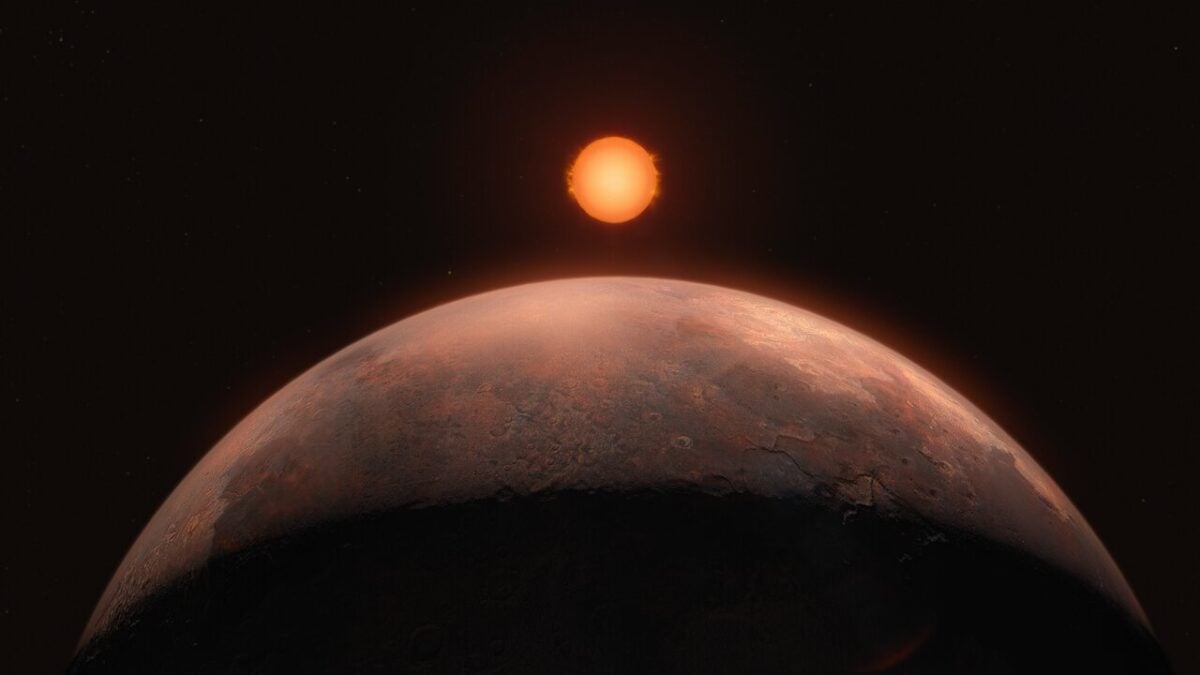
An artist's impression shows the newly discovered half-Earth-mass exoplanet Barnard b, with its red dwarf sun in the background. Credit: ESO/M. Kornmesser
As far as lone stars go, there is nothing as distinctive as Barnard's star. After the Alpha Centauri system, it is our closest neighbor, a red dwarf one-fifth the size of the Sun and 4,500 degrees Fahrenheit (2,500 degrees Celsius) cooler. Just 6 light-years away, it outpaces all other stars by moving in the night sky at an apparent distance greater than half a Moon per century, a phenomenon known as “self-motion.”
An article published this week in Astronomy and Astrophysics has brightened Barnard's star even more with the announcement of a highly sought-after exoplanet that scientists call Barnard b. With less than half the mass of Earth, it orbits its host star every three days in an orbit 20 times closer to the Sun than Mercury. The discovery highlights both the rapid improvement in the science of exoplanet detection and the potential for finding life in our own backyard, especially around the Milky Way's most abundant stars, red dwarfs.
Back and forth
The search for worlds surrounding Barnard's Star dates back to the 1960s. A series of apparent discoveries and exciting announcements were thwarted within a few years due to errors in instrumentation and computational methods. As recently as 2018, a putative exoplanet thought to orbit the star every 233 days soon turned out to be a ghost, an artifact of insufficient precision and noise from factors like star spots (the extrasolar equivalents of sunspots).
Related: The complicated history of the planets around Barnard's star
Precision was key to the success of this new study, and its discovery of Barnard b is a testament to how far exoplanet science has advanced in just a few years.
“Our goal was to design an instrument capable of seeing the signal from the Earth,” says Jonay González Hernández, lead author of the study, who also participated in the document 2018.
That signal, known as radial velocity, is the wobble in its host star exerted by a planet's gravity as it orbits. In the case of Earth, that pull from the Sun moves our star back and forth at about 3.5 inches (9 centimeters) per second. Until 2018, instruments couldn't distinguish such a tiny wobble from factors like starspots: Dark spots can effectively mimic the wobble of a star as they spin in and out of view.
To measure such a small aberration, González Hernández needed an instrument 10 times more sensitive than anything available at the time. He and his colleagues joined teams in Switzerland, Italy and Portugal to build an instrument called ESPRESSO — the Echelle spectrograph for rocky exoplanets and stable spectroscopic observations — under the auspices of the European Southern Observatory (ESO).
“ESPRESSO is very precise and that has made the difference,” says González Hernández. Installed on one of four 8.2-metre telescopes on ESO's Very Large Telescope in Chile, ESPRESSO features optical fibers connected to a central instrument housed in a sealed vacuum chamber under meticulously controlled environmental conditions. This minimizes wandering noise due to fluctuations in temperature and atmospheric pressure that can disrupt measurements.
Radial velocity spectrographs work by capturing the spectral signatures of starlight produced by a combination of chemical elements. Different types of stars have characteristic spectra generated by the abundance of various elements in their atmospheres. By measuring the changes of thousands of spectral lines, scientists can calculate radial velocity based on the shift of the spectrum toward redder or bluer wavelengths.
Using a sophisticated technique that compiles and isolates the predictable effects of planetary motion from the more unpredictable dynamics of stellar motion, the team managed to solve the case of the 80-year-old Barnard's Star.
“We finally started to see something when we reached 100 measurements,” says González Hernández, “and then we were sure that the planet was there.”
Scientists discovered that Barnard's star wobbles at 50 cm (20 inches) per second (five times the Earth's effect on the Sun), putting Barnard b within ESPRESSO's detection range. The planet's short period also allowed the team to capture hundreds of orbits over the four-year study, resulting in an extremely robust data set.
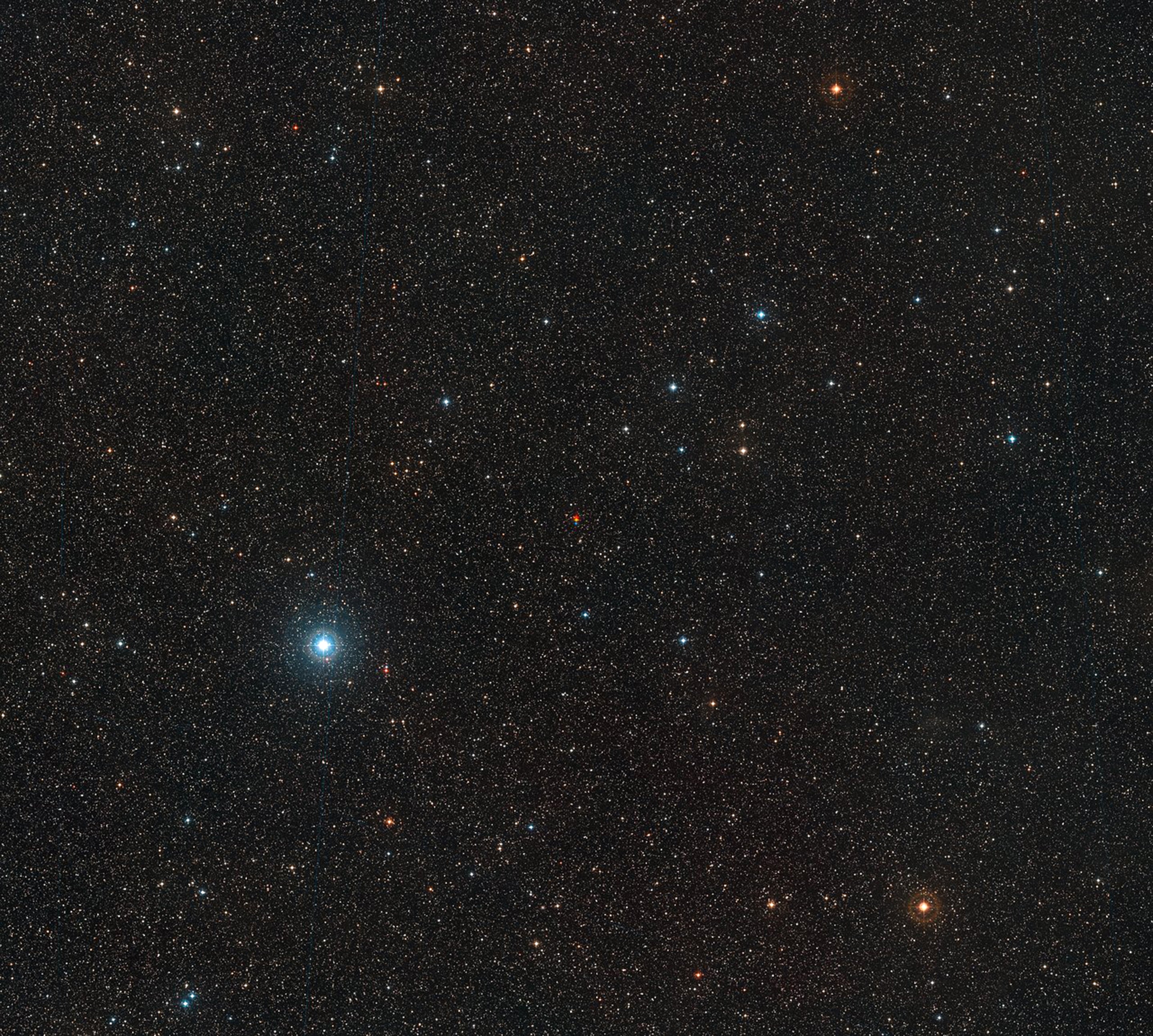
an alien world
With a surface temperature estimated at 260 F (126 C), Barnard b is an unlikely candidate to host life. But the authors are already looking for Earth-sized companions that may be waiting in the wings. These could even be found in Barnard's Star's habitable zone, the Goldilocks-like region where water planets with temperate climates could thrive.
“In a star as cold as Barnard,” says co-author Alejandro Suárez Mascareño, “the habitable zone corresponds to orbital periods of between 10 and 40 days.”
After spending years tracking Barnard b, González Hernández and Suárez Mascareño also wonder what the view from the exoplanet's surface would be like. According to their calculations, Barnard's Star would appear eight times larger than the Sun from Earth and would feature enormous star spots visible when the star rises and sets.
“We would see the surface of the star change over days or months,” says Suárez Mascareño, “and that means that the irradiation on the planet could change with the stellar rotation and even create seasons.”
Caltech astrophysicist Jessie Christiansen, who is not an author on the paper, is encouraged by Barnard b's discovery.
“It's very exciting that the closest star systems have rocky planets, and even more exciting is that it appears that rocky planets are very common in our galaxy,” says Christiansen, project scientist at the NASA Exoplanet Archive where more than 5,700 exoplanets have already been catalogued. “Each new discovery seems to give us the same answer: that wherever we look precisely enough, we find rocky planets. This leads to the next big question. How many of them are habitable? And from there, how many have life?







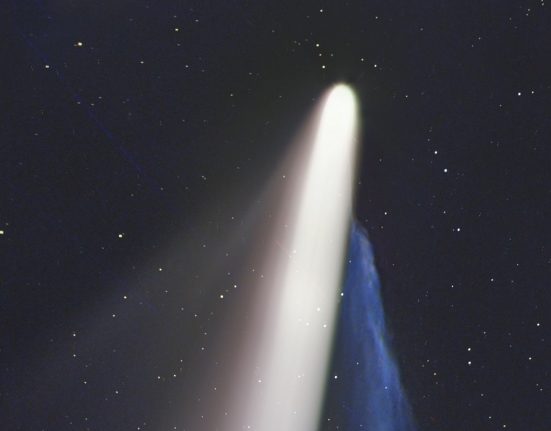
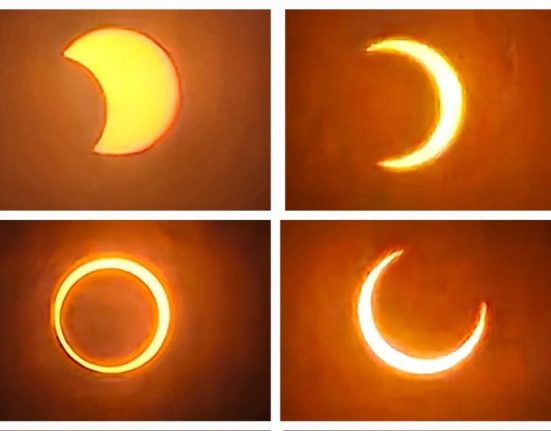

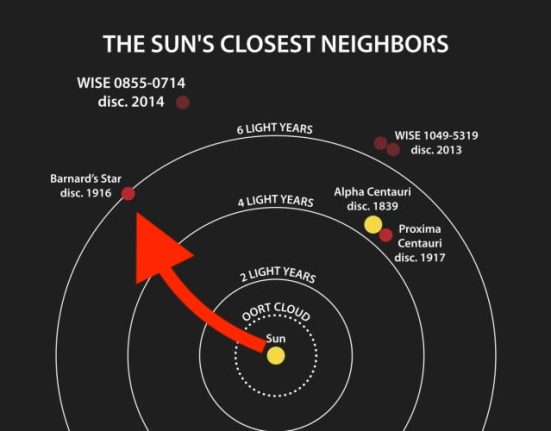
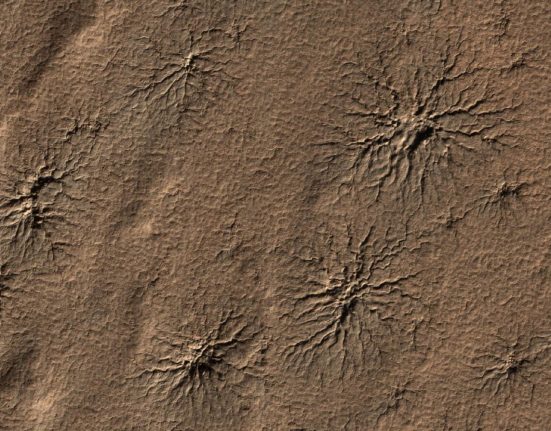
Leave feedback about this